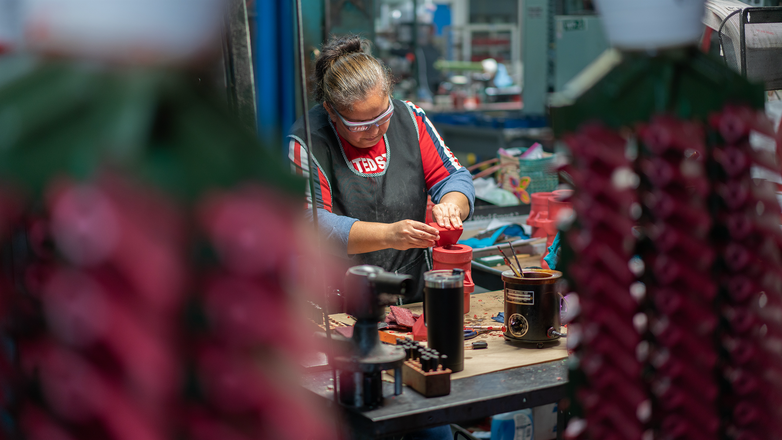Converting to Investment Casting: Is Your Part a Good Fit?
What makes your part a good fit for investment casting?
When deciding on the best manufacturing process for a precision metal component, the design, cost, and timeframe allotted for production drive the conversation. If something isn't working as well as it should with your current process, you might start looking for alternatives.
The manufacturing process chosen can significantly impact the final result. This is why many design engineers find the idea of converting to investment casting compelling.
Investment casting lets you cast almost any shape, in any alloy, with sophisticated and complex design features—all to exacting tolerances at a lower overall cost. Whether inefficiencies, added costs, or part variance plague your current process, converting to investment casting can add value to your project.
This blog will outline the three F’s of form, fit, and function that make a part a viable candidate for the process.
Fit, form, and function
When evaluating the suitability of an existing part for investment casting, these three areas are key:
- Where will the part fit?
- What form will it take?
- How does it need to function to deliver maximum value?
The answers to these questions determine whether investment casting is a good alternative to your current process.
Fit
Understanding how the part fits within the final product is important. For instance, is it currently part of an additional assembly process? This helps identify areas where you may gain greater value by simply recreating an existing part using investment casting.
Form
Consider whether the part has a simple or complex geometry. While investment casting can produce almost any level of geometric complexity, it's with highly complex components that the process offers the most significant return on investment. More traditional shapes like wedges or cope-and-drag style boxes are possible with investment casting, but it may not be as cost-effective as a simpler process like sand casting.
Function
Focus on the part's function. Is the component static or moving? Does it need to withstand impact and constant wear? Must it sit flush against another part in a way that can be pressure sealed? This gives critical information about the best-suited alloy. Being open to adjusting the alloy formulation used with a different process might lead to improved part performance with investment casting.
